
The ecological adaptability of the roe deer means they can thrive in almost any landscape. Considering the species was extinct in most of its UK range by the mid-18th century, it is astonishing that the population is now in the region of 500,000, covering the length and breadth of the country. The common factor of all areas supporting a roe population is the availability of cover, whether it’s trees, standing crops, reeds or high grass. It is a major factor that directly affects the distribution of roe deer and can cause periodic fluctuations in population density.
The white grass and heather-clad hill that backs on to our small pheasant and partridge shoot has always harboured a relatively small population of roe deer. In recent years, three separate areas around the boundary have been planted with commercial forestry. This human adaption of the landscape has caused a noticeable rise in local deer numbers, as animals move in to feed on the young trees and take advantage of the ample cover.
Roe does were the first to colonise these newly planted areas, looking for suitable areas to give birth and raise their kids. In turn, their presence has attracted several bucks from further afield and now the hill has the highest deer population for many years. It’s wonderful to see such a thriving population of an often underrated species, but this boom has its disadvantages and damage to the commercial plantations is increasing.
Bu hikaye Shooting Times & Country dergisinin August 4, 2021 sayısından alınmıştır.
Start your 7-day Magzter GOLD free trial to access thousands of curated premium stories, and 9,000+ magazines and newspapers.
Already a subscriber ? Giriş Yap
Bu hikaye Shooting Times & Country dergisinin August 4, 2021 sayısından alınmıştır.
Start your 7-day Magzter GOLD free trial to access thousands of curated premium stories, and 9,000+ magazines and newspapers.
Already a subscriber? Giriş Yap
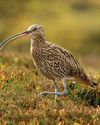
United we stand
Following United Utilities' decision to end grouse shooting on its land, Lindsay Waddell asks what will happen if we ignore our vital moors

Serious matters
An old gamebook prompts a contemplation on punt-gunning
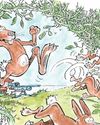
They're not always as easy as they seem
While coneys of the furry variety don't pose a problem for Blue Zulu, he's left frustrated once again by bolting bunnies of the clay sort
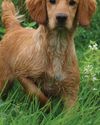
Debutant gundogs
There's lots to think about when it comes to making the decision about when to introduce your dog to shooting

When the going gets rough
Al Gabriel returns to the West London Shooting School to brush up on his rough shooting technique

The Field Guide To British Deer - BDS 60th Anniversary Edition
In this excerpt from the 60th anniversary edition of the BDS's Field Guide To British Deer, Charles Smith-Jones considers the noise they make
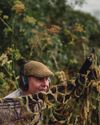
A step too far?
Simon Garnham wonders whether a new dog, a new gun and two different fields in need of protection might have been asking too much for one afternoon's work
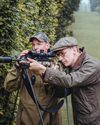
Two bucks before breakfast
A journey from old South London to rural Hertfordshire to stalk muntjac suggests that the two aren't as far detached as they might seem
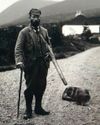
Stalking Diary
Stalkers can be a sentimental bunch, and they often carry a huge attachment to their hill

Gamekeeper
Alan Edwards believes unique, private experiences can help keepers become more competent and passionate custodians of the countryside